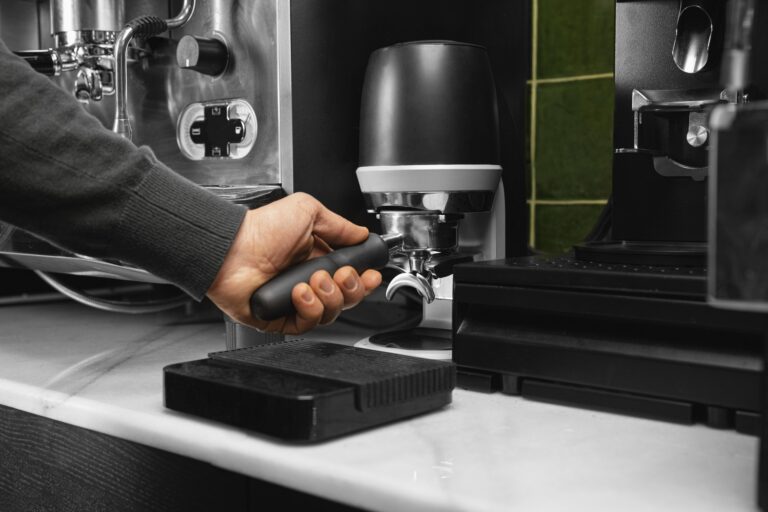Revolutionizing Construction: The Future of Smart Power Tools

The construction industry is on the brink of a technological revolution, driven by the rapid advancement of smart power tools. These tools, equipped with cutting-edge features like IoT connectivity, AI-driven precision, and advanced safety mechanisms, are transforming the way projects are executed, making construction faster, safer, and more efficient. In this article, we’ll explore how smart power tools are set to revolutionize the construction industry and what the future holds for this exciting field.
The Rise of Smart Power Tools
Smart power tools are not just about raw power anymore; they are about intelligence. Traditional tools relied on the skill and experience of the operator, but smart tools augment human capabilities with sensors, data analytics, and connectivity. For instance, a smart drill might automatically adjust its torque based on the material it’s working on, while a connected saw can send usage data to a cloud-based platform for performance monitoring and predictive maintenance.
Key Innovations Driving the Future
- IoT and Connectivity: The Internet of Things (IoT) is at the core of the smart power tool revolution. Tools connected to the IoT can communicate with other devices, provide real-time data, and integrate into larger construction management systems. This connectivity allows for better coordination on job sites, reduces downtime, and enhances overall project efficiency.
- AI and Machine Learning: Artificial Intelligence (AI) and Machine Learning (ML) are being increasingly integrated into power tools. These technologies enable tools to learn from their environment and user behavior, optimizing performance and reducing errors. For example, a smart saw equipped with AI can learn to recognize different types of materials and adjust its speed and cutting angle accordingly, ensuring precise cuts every time.
- Enhanced Safety Features: Safety is a top priority in construction, and smart power tools are making job sites safer than ever. Modern tools come with features like automatic shut-off, overload protection, and user-specific safety settings. Some even include biometric authentication, ensuring that only authorized personnel can operate them, thus reducing the risk of accidents.
- Energy Efficiency and Sustainability: As the construction industry pushes towards sustainability, smart power tools are playing a crucial role in reducing energy consumption. These tools are designed to be more energy-efficient, with features like automated power-off during idle times and real-time monitoring of energy usage. This not only lowers operational costs but also contributes to the industry’s overall sustainability goals.
The Impact on the Workforce
The introduction of smart power tools is changing the skill set required on construction sites. While traditional craftsmanship remains important, there is a growing need for tech-savvy workers who can operate and maintain these advanced tools. Training programs are evolving to include digital literacy and technical skills, ensuring that the workforce is ready to embrace this technological shift.
Challenges and Considerations
Despite the many benefits, the adoption of smart power tools is not without challenges. The initial cost of these tools can be high, and there is a learning curve associated with their use. Additionally, concerns about data security and privacy must be addressed, especially as more tools become connected to the internet.
Another consideration is the compatibility of smart tools with existing equipment and infrastructure. Construction companies must evaluate whether their current systems can integrate with new smart technologies or if upgrades are necessary.
The Road Ahead
The future of smart power tools is bright, with continued innovation expected in the coming years. As technology advances, we can anticipate even more intelligent tools that will further enhance productivity, safety, and sustainability in construction. For instance, we might see the development of fully autonomous tools that can complete tasks with minimal human intervention, or tools that can self-diagnose and repair minor issues on the spot.
Conclusion
Smart power tools are set to revolutionize the construction industry, offering a new level of efficiency, safety, and precision. As these tools become more widespread, they will not only transform how construction projects are executed but also reshape the workforce and industry standards. Embracing this technology is not just about staying competitive; it’s about paving the way for a smarter, safer, and more sustainable future in construction.






